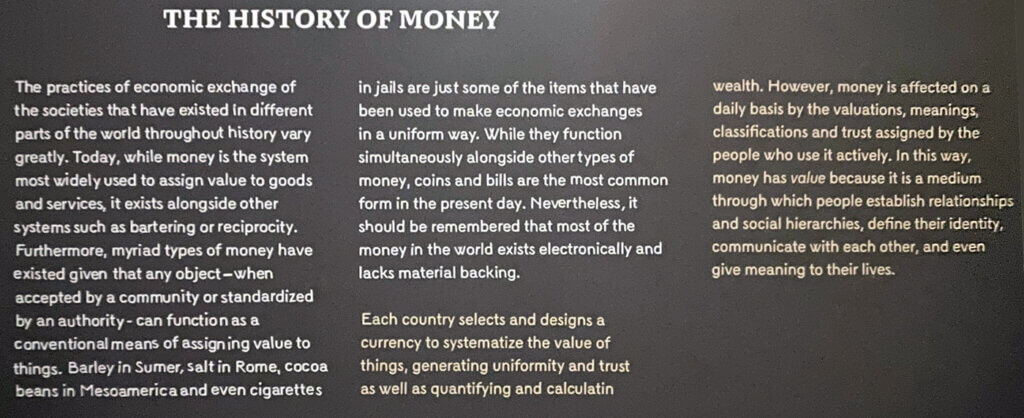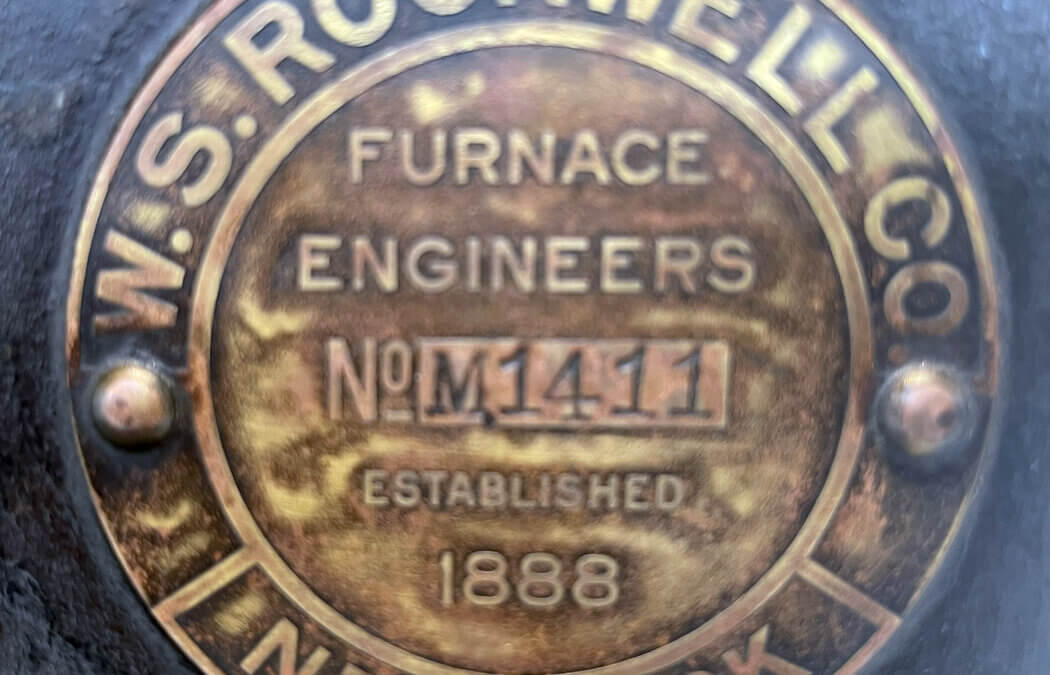Coins have been an integral part of human civilization for millennia, serving as symbols of authority, commerce, and cultural identity. The history of coin making is a fascinating journey that spans from the ancient civilizations of Mesopotamia and Egypt to the modern industrial age and beyond. In this blog, we’ll explore the evolution of coin making, from the earliest handmade coins to the advent of coin pressing machines and the sophisticated minting processes of today.
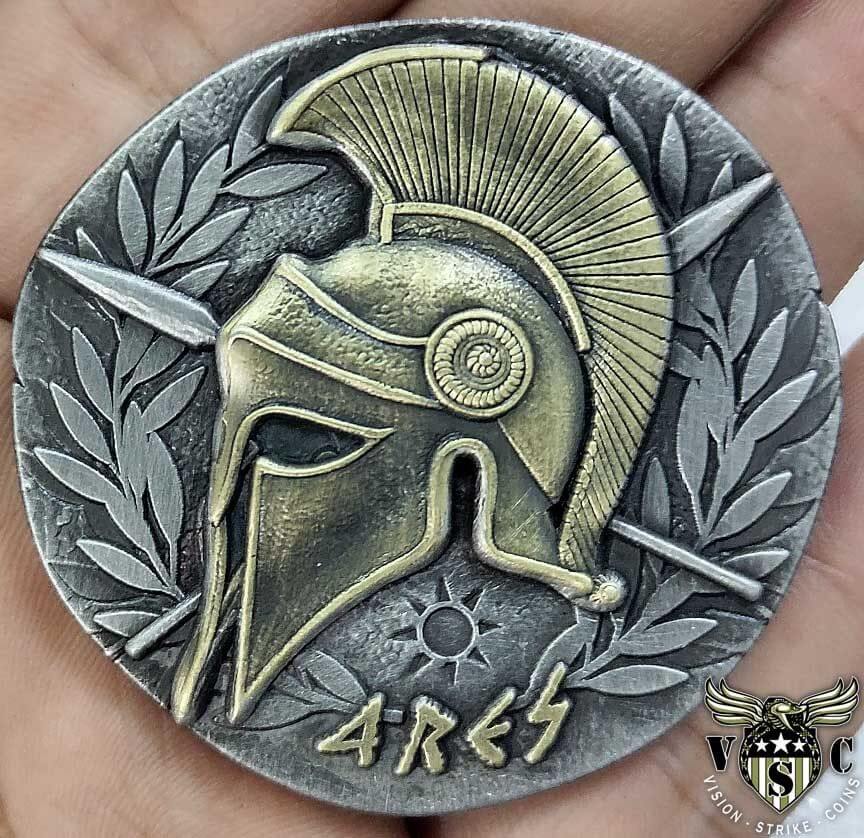
Ancient Coins Origins:
The origins of coinage can be traced back to ancient Mesopotamia and Egypt around 3000 BCE. Initially, coins were not standardized and were often irregularly shaped pieces of metal used for trade. It wasn’t until the 7th century BCE in Lydia (modern-day Turkey) that the first standardized coins made of electrum, a naturally occurring alloy of gold and silver, were minted. These early coins bore simple designs and were stamped with symbols representing their value and origin.
Greek and Roman Coinage:
The concept of standardized coinage spread rapidly throughout the ancient world, particularly in ancient Greece and Rome. Greek city-states began minting their own coins, featuring intricate designs and depicting mythological figures, gods, and cultural symbols. The Romans further refined coin making techniques, introducing minting technology such as screw presses to produce large quantities of coins efficiently. Roman coins, known as denarii, became widely circulated across their vast empire, facilitating trade and commerce.
Medieval Coinage:
With the decline of the Roman Empire, coin making in Europe entered a period of decentralization and fragmentation. During the Middle Ages, feudal lords and local authorities began minting their own coins, often featuring unique designs and inscriptions. However, the quality and consistency of medieval coins varied greatly, leading to issues of counterfeiting and debasement.
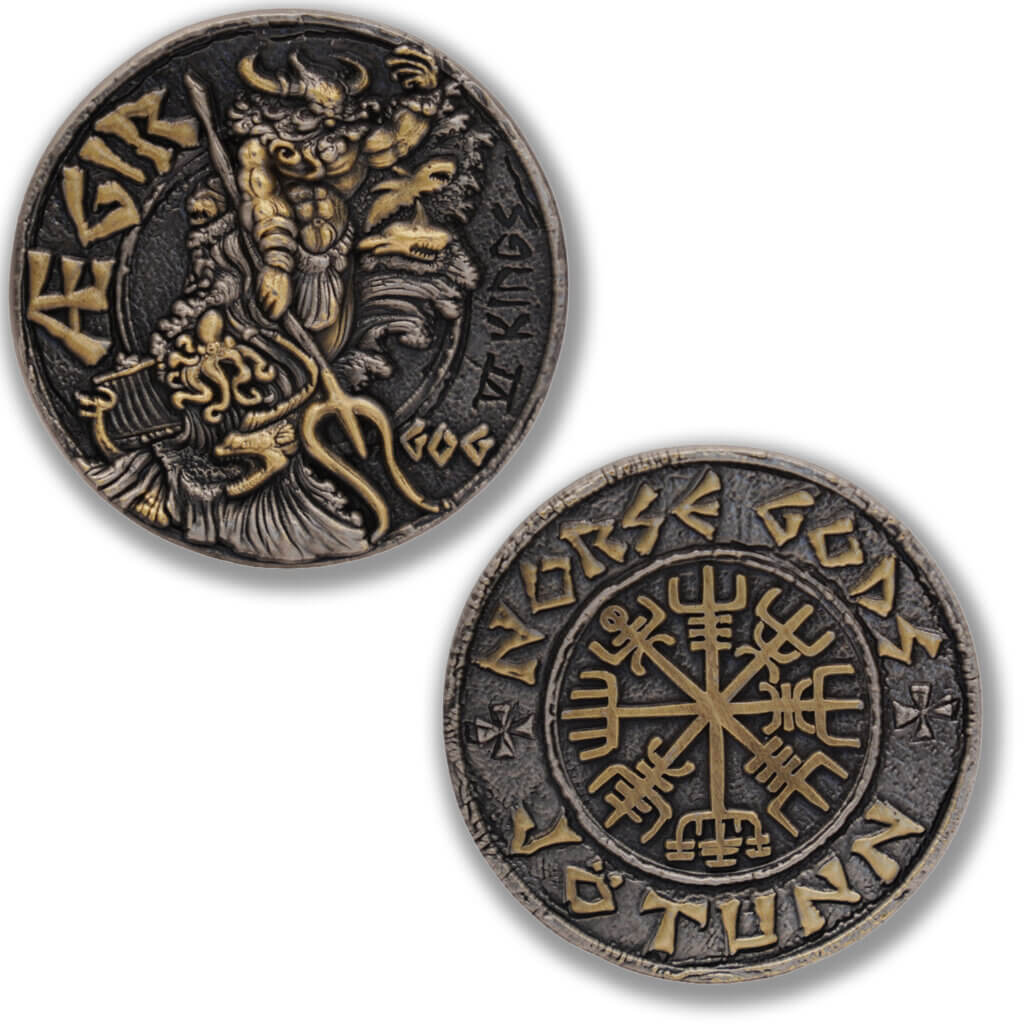
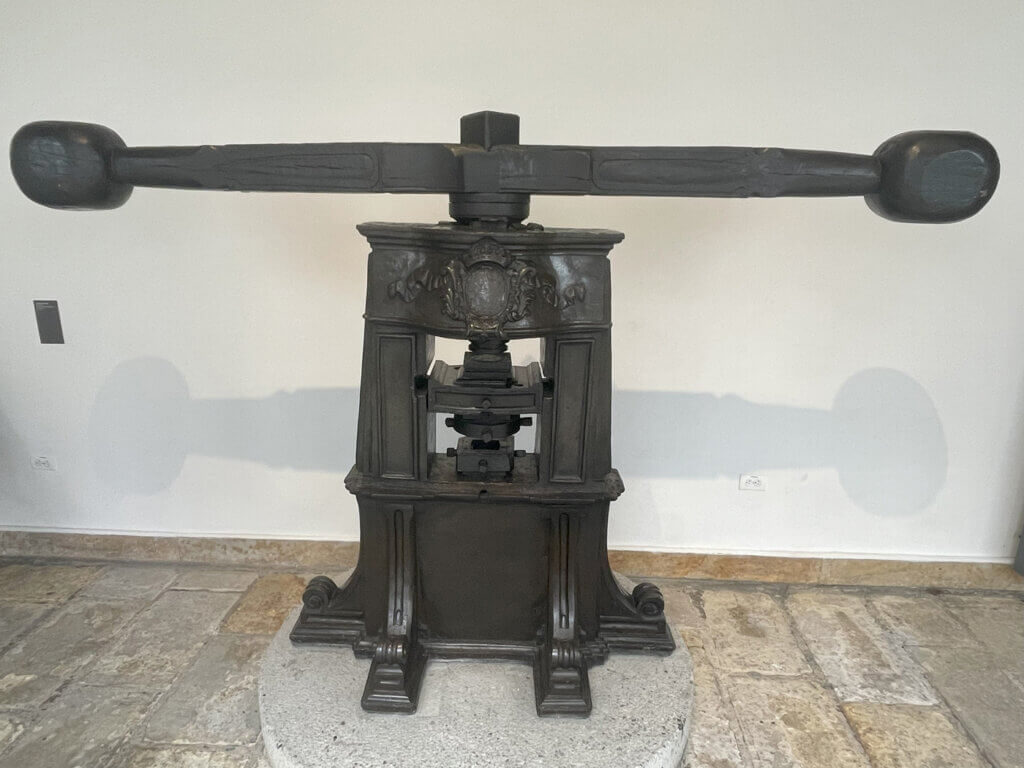
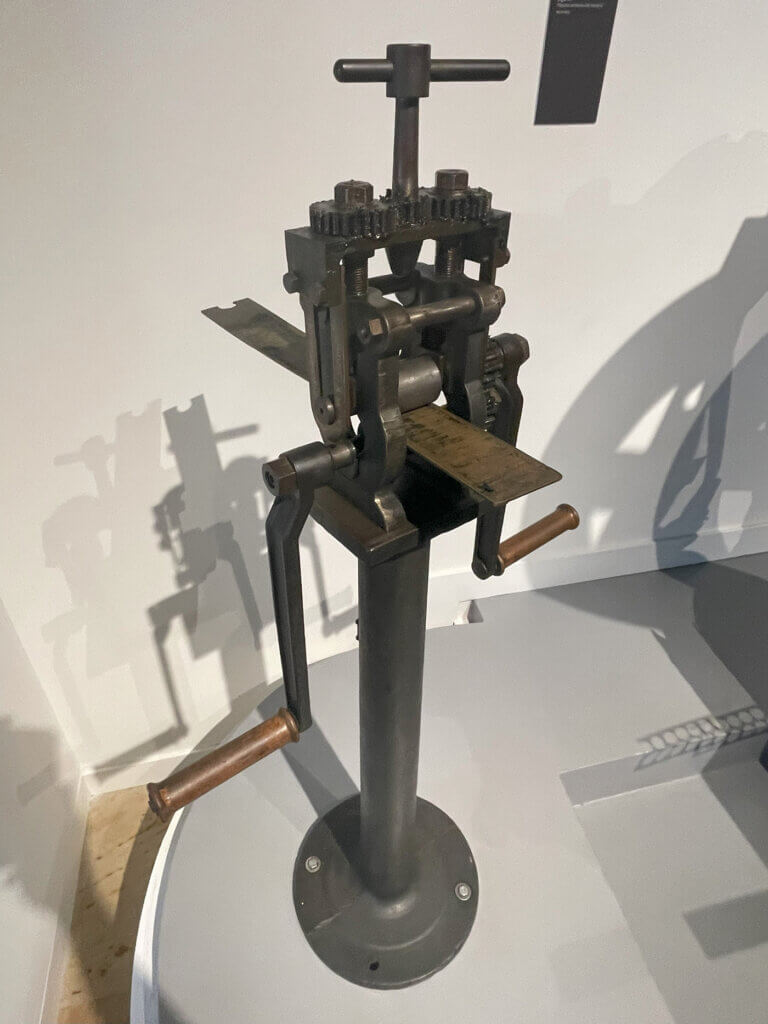
Rise of Coin Pressing Machines:
The invention of coin pressing machines in the late Middle Ages revolutionized the minting process. These machines, powered by waterwheels or later steam engines, allowed for the mass production of standardized coins with consistent weight, size, and design. One of the most significant advancements was the introduction of the screw press by Leonardo da Vinci in the 15th century, which greatly increased the efficiency and precision of coin minting.
Industrial Age and Modern Minting:
The industrial revolution of the 18th and 19th centuries brought further advancements to coin making technology. Steam-powered coin presses, mechanized engraving techniques, and improved metallurgy enabled mints to produce coins on a large scale with greater speed and accuracy. In the 20th century, the introduction of electrically powered presses and computer-aided design (CAD) further streamlined the minting process, allowing for intricate and detailed coin designs.
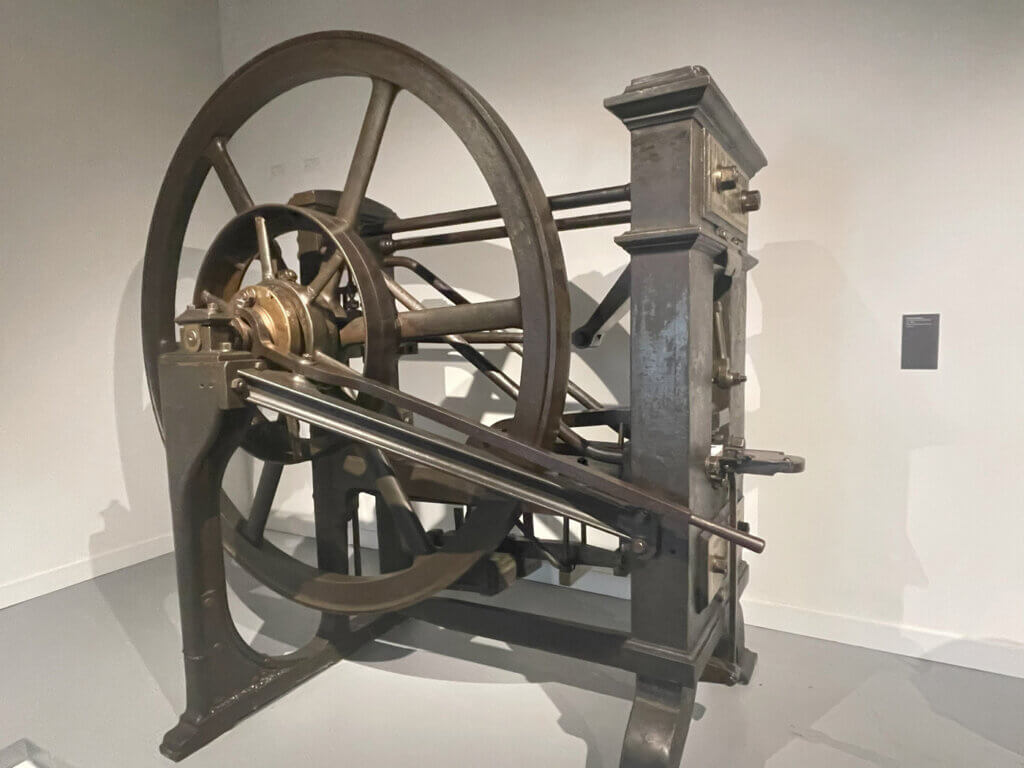
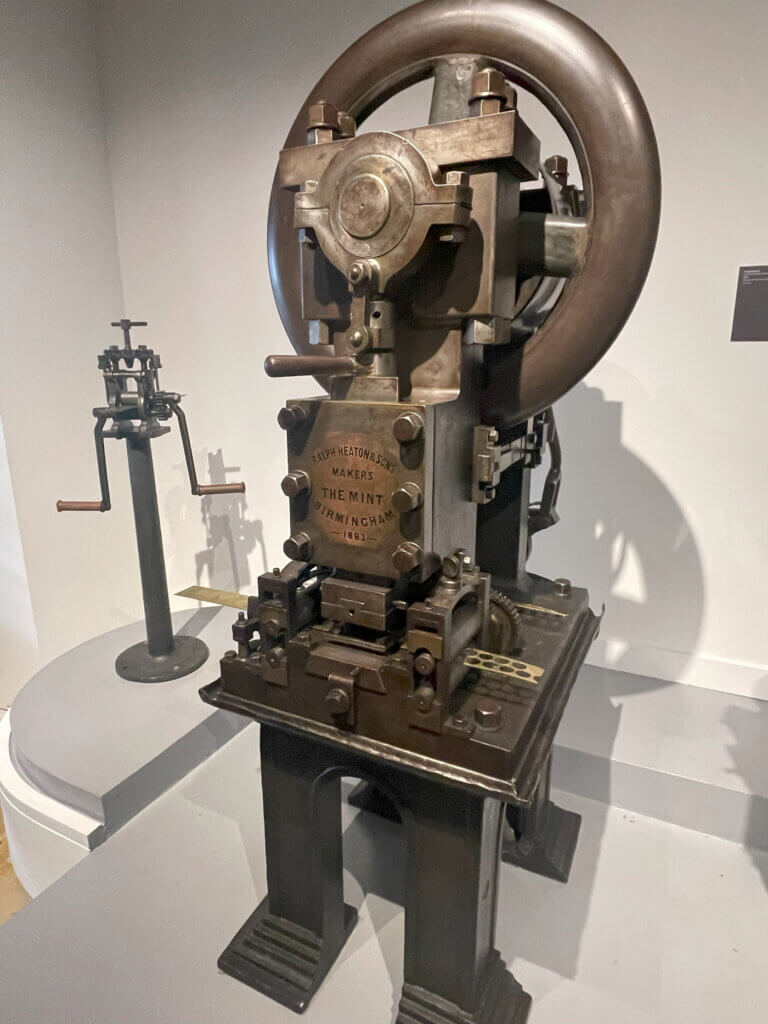
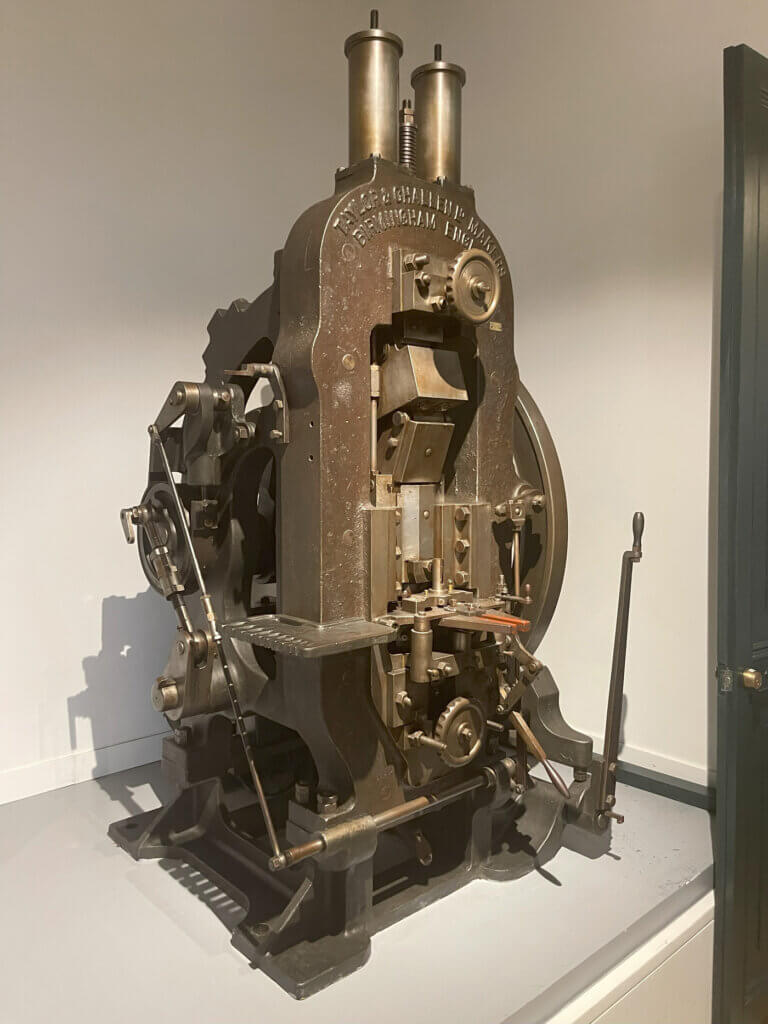
Present-Day Coin Making:
Today, coin making has evolved into a highly sophisticated and automated process. Modern mints utilize state-of-the-art equipment, including computer-controlled presses, laser engraving technology, and robotic handling systems, to produce coins with unparalleled precision and quality. Coins are made from a variety of metals and alloys, including copper, nickel, zinc, and aluminum, and feature intricate designs that reflect the cultural heritage and values of the issuing country.
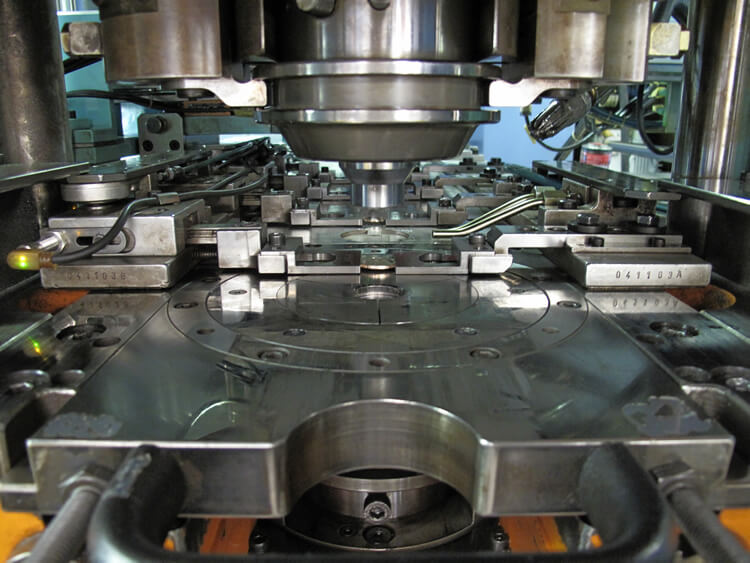
The history of coin making is a testament to human ingenuity and innovation. From the humble beginnings of irregular metal pieces to the sophisticated minting processes of today, coins have played a crucial role in shaping economies, societies, and civilizations throughout history. As we continue into the future, the tradition of coin making remains a timeless art, preserving our heritage and serving as a tangible link to our past.
From its humble beginnings in ancient civilizations to the high-tech facilities of the modern era, the history of coin making is a testament to human ingenuity and innovation. Coins have played a central role in shaping economies, cultures, and societies throughout history, serving as tangible symbols of wealth, power, and identity. As we continue to embrace digital forms of payment, let us not forget the enduring legacy of the humble coin and the fascinating story of its evolution through the ages.
The evolution of challenge coins from traditional coin minting is a testament to the enduring legacy and adaptability of coinage. Originating from military traditions, challenge coins have transitioned from simple metallic tokens to intricate and highly personalized symbols of camaraderie and achievement. While traditional coins were once primarily used as currency or commemorative pieces, challenge coins have evolved into cherished keepsakes exchanged among members of military units, law enforcement agencies, and various organizations to honor service, mark significant milestones, and foster a sense of belonging. This evolution showcases how a timeless medium like coinage can transform into a powerful expression of unity and pride within diverse communities.
